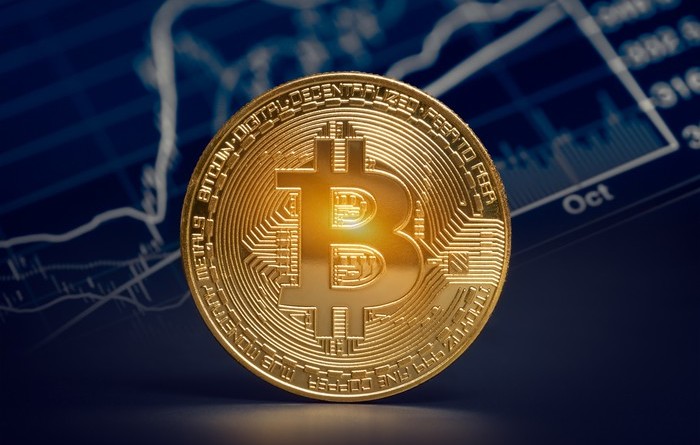Tesla’s Epic Rally Echoes Past Oil, Bitcoin Bubbles
Story by: Paul Vigna
Tesla TSLA -19.37% Inc.’s shares rose 14% Tuesday to $887.06. They have surged 56% in the past week and have nearly quadrupled since early October.
Those outsize gains don’t match Tesla’s more modest fundamentals, which include annual losses.
They do, however, resemble any number of other assets that have experienced prolonged bubbles, including shares of Qualcomm Inc. and other tech stocks of the dot-com era; oil in 2008 and bitcoin in 2017.
“I’m not saying this is the top,” said Peter Cecchini, the chief market strategist at Cantor Fitzgerald. “I don’t have a target [price], or a view on where it goes from here. It just feels like other bubbles.”
Mr. Cecchini compared Tuesday’s rally—during which the Dow Jones Industrial Average surged more than 400 points—to a “bizarro world” in which everything is the opposite of what it should be. Tesla, though, is leading the pack. “The rise in Tesla shares are emblematic of the speculative mind-set,” he said.
The latest leg of the rally follows Tesla’s quarterly report last week when the company posted record deliveries in the fourth quarter. A flurry of analysts also have helped fuel the stock’s rise by raising their price targets.
On one level Tesla appears to be the flavor of the day among retail investors.
On the Robinhood app that lets people buy and sell stock on their phones, Tesla has logged the largest swing in new buyers on the app over the past three days.
The gains are proving to be a thorn in skeptics’ side. Despite some short covering over the past few weeks, there is still $14 billion in short interest against Tesla, making it the most shorted U.S.-traded company, according to financial analytics firm S3 Partners. Short sellers borrow stocks and sell them, profiting if they are able to repurchase the shares at lower prices.
“The situation is a textbook short squeeze, albeit on an unprecedented scale,” said Matt Weller, a market researcher at Gain Capital.
Last fall, short interest in the stock was about 25%. As the price went up, some traders were forced to buy the shares they had borrowed when opening the short position. That drove the price up further, forcing other shorts to also buy, which in turn drove the price even higher. “And so on,” Mr. Weller said.
Short interest is still around 13%, he said, so that dynamic may not be done playing out.
Tesla’s stock over the past few months resembles any number of other assets that traded at excesses, going all the way back to the South Sea Bubble of the 1720s.

There are hundreds of stocks that exploded in the dot-com era, though few illustrate the mania as well as Qualcomm.
It was riding the wave of the first real explosion in mobile phones. Analysts crowed that Qualcomm’s chips would be “the technology of choice” for handset makers.
In 1999, the stock went from $5 to nearly $90, adjusted for stock splits.
The company seemed to have no competitor.
Then, the bubble burst, the economy turned sour, and competition showed up. Qualcomm at least survived the bubble. Plenty of companies didn’t.
After an extended slump, today its stock trades at about $88, virtually flat with its dot-com top.
Oil had its own bubble in 2008. Driven by a booming global economy, oil prices exploded in the mid-aughts. In the summer of 2008, it hit a record of $145 a barrel. That price, though, strained companies and commuters everywhere. The already teetering economy cratered, and oil prices followed.
Perhaps no bubble was more a product of pure speculation than the bitcoin bubble of 2017.
That year cryptocurrencies exploded into the popular consciousness. Few people understood how they worked; fewer had any practical use for them. Everybody wanted them. Bitcoin started the year trading under $1,000. By December 2017, it had jumped to nearly $20,000. It didn’t last. None of them did.
If you are looking for a rational explanation, Mr. Cecchini said, it is possible to pull up a spreadsheet, put in all the numbers for Tesla or any of these assets, apply a function designed to calculate exponential expansions and draw a chart. Or you can just see them for the speculative excesses they are, he said.
“You can explain it with math,” he said, “but you don’t need to explain it with math to know that it’s silly.”

